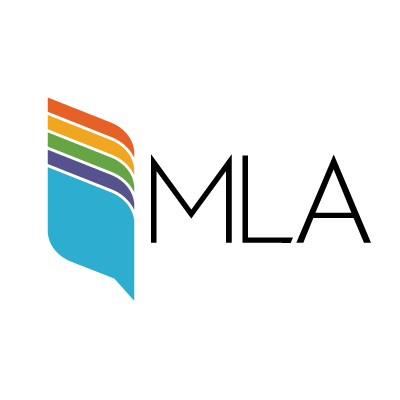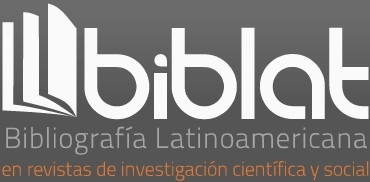Towards the Constitution of the Field of Visual Cultural Studies
DOI:
https://doi.org/10.35494/topsem.2023.2.50.860Keywords:
image, visual culture, representation, pictorial turnAbstract
Traditionally, studies on the image have been dominated by issues such as copying, resemblance, similarity, realism, but reflection in the last years has taken other paths that question even the very notion of image, since this name encompasses a wide variety of things, even ideas. This diversity makes their understanding impossible, to the extent that we do not yet know how to define it, what their relationship with the verbal is, how they operate on the observer and on the world. The awareness that we do not see with our eyes, but with all our culture and history, makes us doubt whether, beyond the physiological threshold, it is possible to continue talking about visual images, not related to the information of the other senses, the knowledge and data from memory. Digital media raise the need to think that all the senses are involved in an experience that is not only
visual but multisensory. The vague nature of the notion of image suggests that the mere notion of a science of the image may be replaced with another, which assumes that visuality is not reduced to mere acts of vision but involves the entire bodily experience. This science would deal with the set of theoretical and methodological problems related to the knowledge of the practices of seeing and its articulation.
Downloads
References
Alloa, E. (2016). Iconic turn: a plea for three turns of the screw, Culture, theory and critique, 57(2), 228-250.
Alpers, S. (1987). El arte de describir: El arte holandés en el siglo XVII. Madrid. H. Blume.
Baxandall, M. (1978). Pintura y vida cotidiana en el Renacimiento. Barcelona. Gustavo Gili.
Benjamin, W. (2003). La obra de arte en la época de su reproductibidad técnica. Traducción de A. E. Weikert. México. Editorial Ítaca.
Curtius, E. R. (2017). Literatura europea y Edad Media latina. México. Fondo de Cultura Económica.
Elkins, J. (2003). Visual studies. A skeptical introduction. Nueva York. Routledge.
Gardies, A y Bessalel, J. (2004). 200 mots-clés de la théorie du cinéma. París. Editions du Cerf.
Goodman, N. (1976). Los lenguajes del arte. Barcelona. Seix Barral.
Jay, M. (2003). Campos de fuerza. Entre la historia cultural y la crítica intelectual. Buenos Aires. Paidós.
Jay, M. (2011). In the realm of the senses, AHR Forum. The Senses in History. The American Historical Review, 116(2), 307-315.
Marx, C. (1980) Manuscritos: economía y filosofía, Madrid. Alianza Editorial.
Mitchell, W. J. T. (1984). What is an image? New Literary History, 15(3), 503-537.
Mitchell, W. J. T. (1994). Picture theory. The University of Chicago Pres.
Mitchell, W. J. T. (1995). Interdisciplinarity and Visual Culture. Art Bulletin, LXXVII(4), dic., 534-552.
Mitchell, W. J. T. (2002). Showing Seeing: a Critique of Visual Culture. Journal of Visual Culture, 1(2).
Mitchell, W. J. T. (2005) There are no Visual Media, Journal of Visual Culture, 4(2), 257-266.
Moxey, K. (2008). Visual Studies and the Iconic Turn, Journal of Visual Culture, 7(2), 131-146.
Nueva Biblia de las Américas. (2005). Juan 20:24-29.
Smith, M. (2008). Visual Culture Studies: History, Theory, Practice. Londres. Sage Publications.
Downloads
Published
How to Cite
Issue
Section
License

Tópicos del Seminario is licensed under a Creative Commons Reconocimiento-NoComercial-CompartirIgual 4.0 Internacional License.














